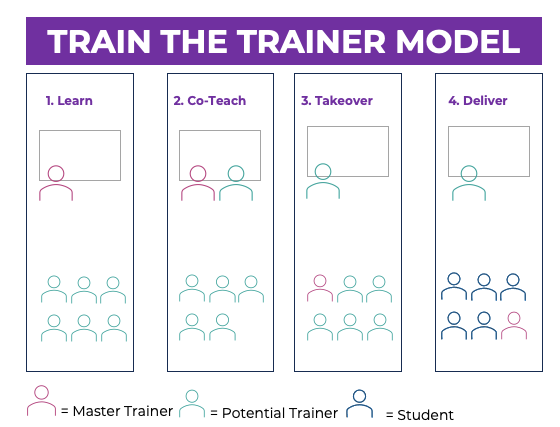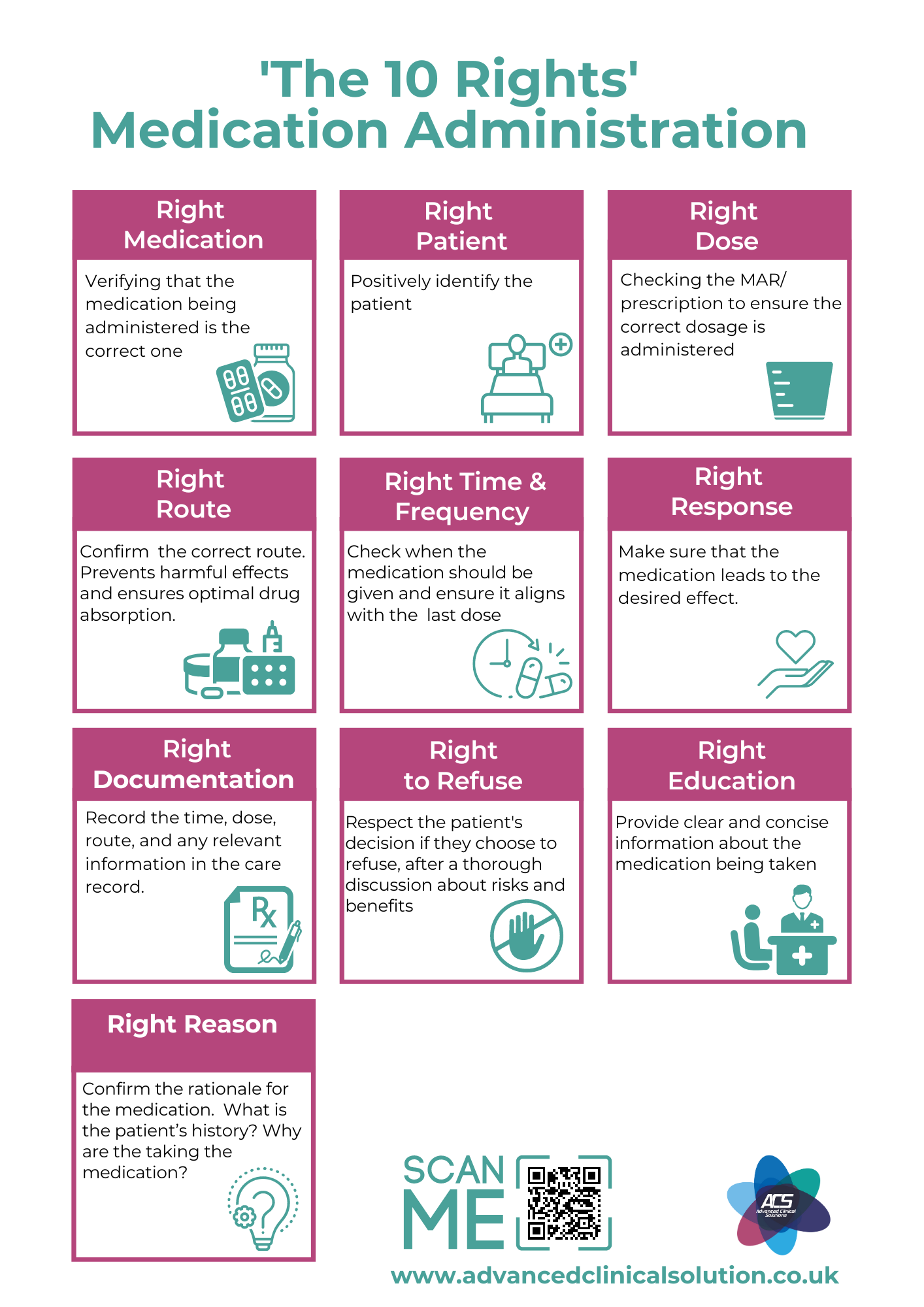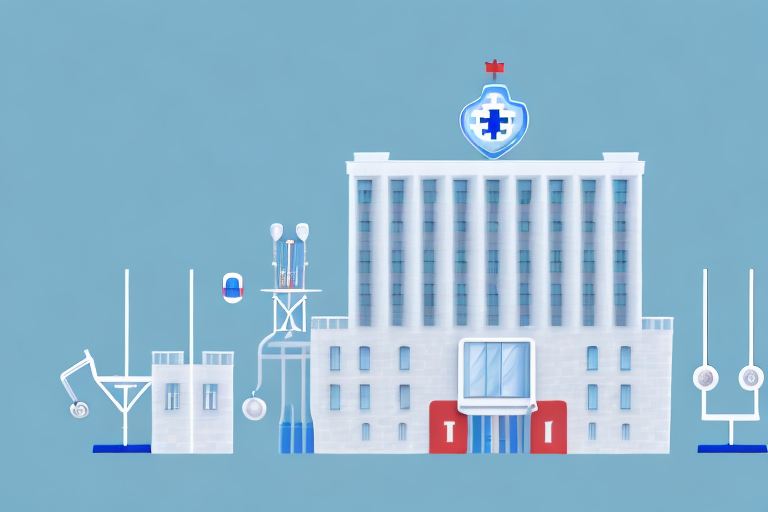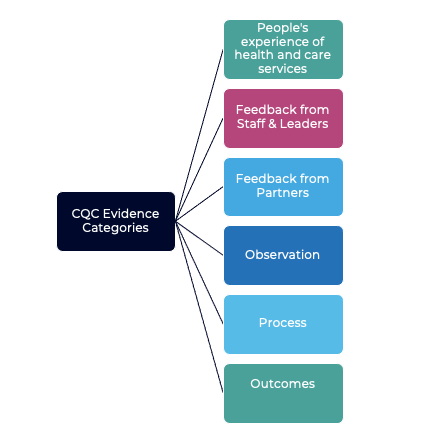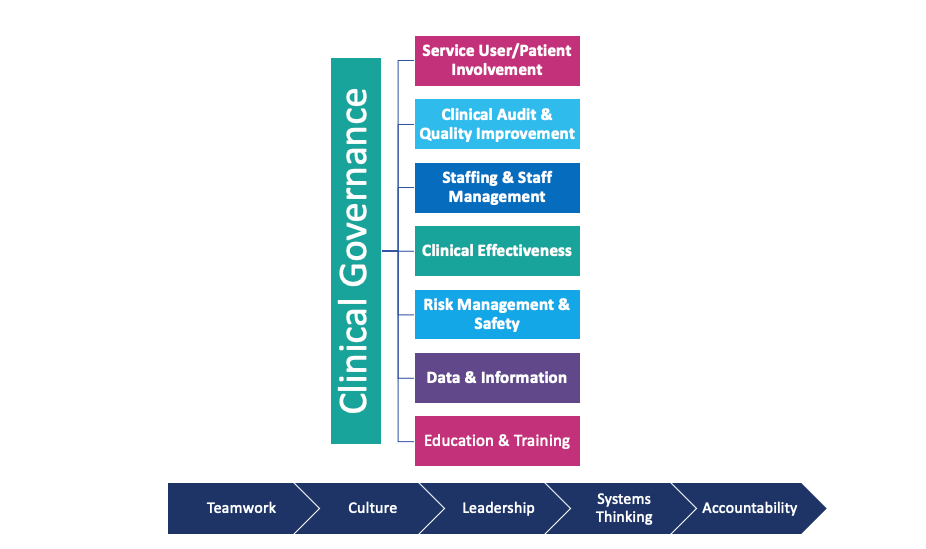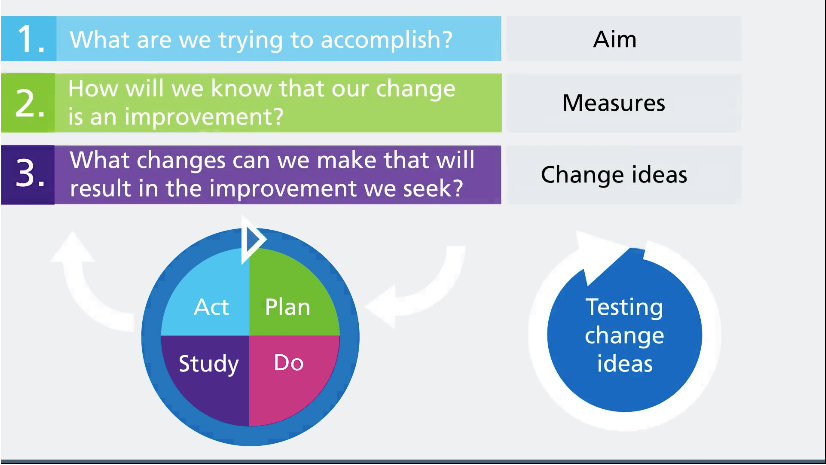How the CQC Single Assessment Framework Will Rate Evidence
The CQC uses four ratings to describe the quality of care provided by healthcare providers
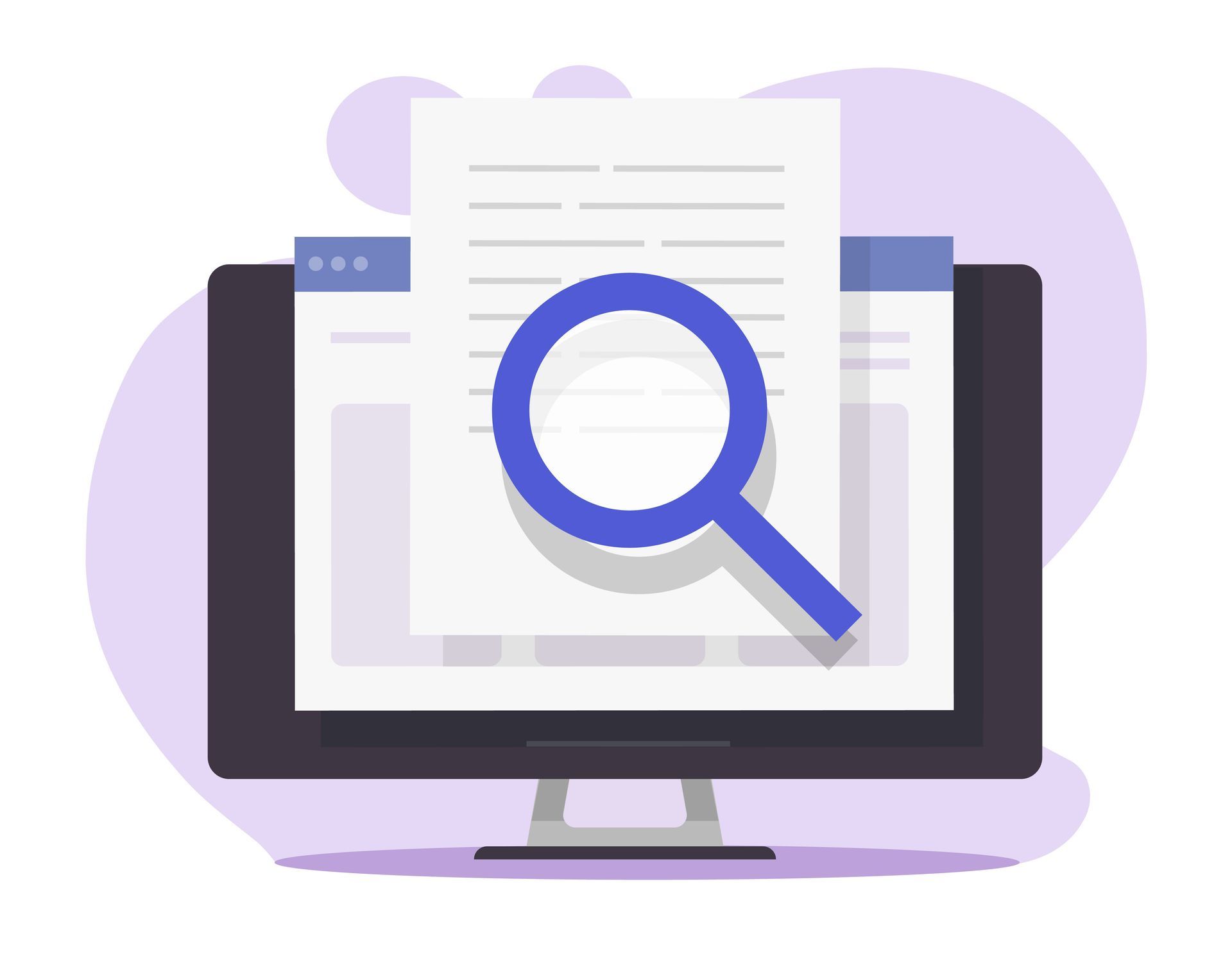
The Care Quality Commission (CQC) is responsible for regulating and inspecting healthcare providers in England to ensure that they provide safe, effective, caring, responsive, and well-led care. The CQC will be using a new single assessment framework (SAF) to assess the quality of care provided by these healthcare providers. In this blog post, we will explore the process of how the CQC reaches a rating under the new Single Assessment Framework.
- The CQC uses four ratings to describe the quality of care provided by healthcare providers: outstanding, good, requires improvement, or inadequate. To support in making consistent judgments, the CQC will be using a scoring framework for evidence that translates into one of the ratings for the key questions.The CQC will assess the quality of care against required evidence categories based on the type of service being provided.
- Evidence could be information already available or actively sought through on-site inspections and observations. The evidence categories are then scored on a scale of 1 to 4, where 4 represents an exceptional standard of care, and 1 represents significant shortfalls in the standard of care.
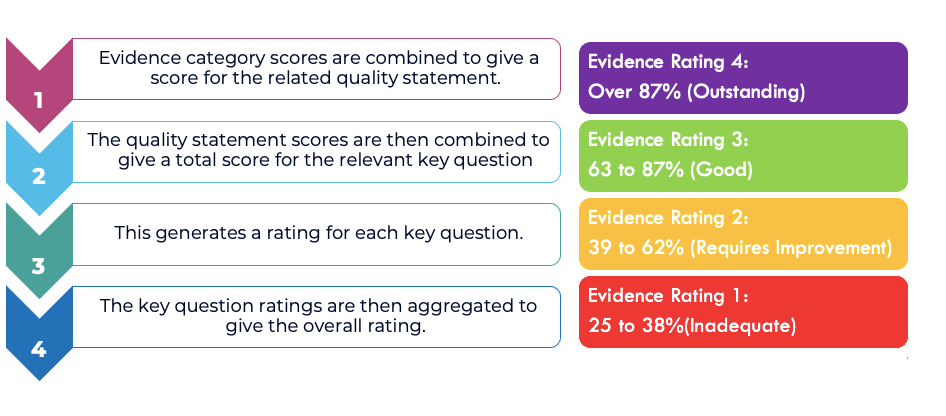
The evidence categories and quality statements are weighted equally, and the CQC's operational teams use their professional judgment when making decisions about quality, which undergoes quality assurance processes.In the example provided by the CQC, to assess the infection prevention and control quality statement in general practice, the required evidence categories are people's experiences, feedback from staff and leaders, observation, and processes.
- The evidence in each category is then scored on a scale of 1 to 4, and the scores for each category are then combined to give a total score for the quality statements .This is then used to generate an overall rating.
- If the score for the quality statements meets the threshold, they are given a score on a scale of 1 to 4, where 4 represents over 87% (outstanding), 3 represents 63 to 87% (good), 2 represents 39 to 62% (requires improvement) and 1 represents 25 to 38%(inadequate)
- The quality statement scores are then combined to give an overall total score for the key question, which generates a rating for each key question. Then, the key question ratings are aggregated to give the overall rating.
In conclusion, the CQC uses a comprehensive approach to assess the quality of care provided by healthcare providers. The new SAF and scoring methodology provide clear and transparent information to help the CQC make consistent judgments and drive improvement in the quality of care provided by healthcare providers.
Contact us using one of the methods below
To explore the range of CQC compliance support services we offer and learn how we can support your service
Email Us
For general enquiries & questions,
contact us via email
Book Free Consultation
Need some advice face to face? Book a free 30 minute MS Teams consultation
Share
CHECK OUT OUR OTHER BLOG POSTS
Knowledge Hub


